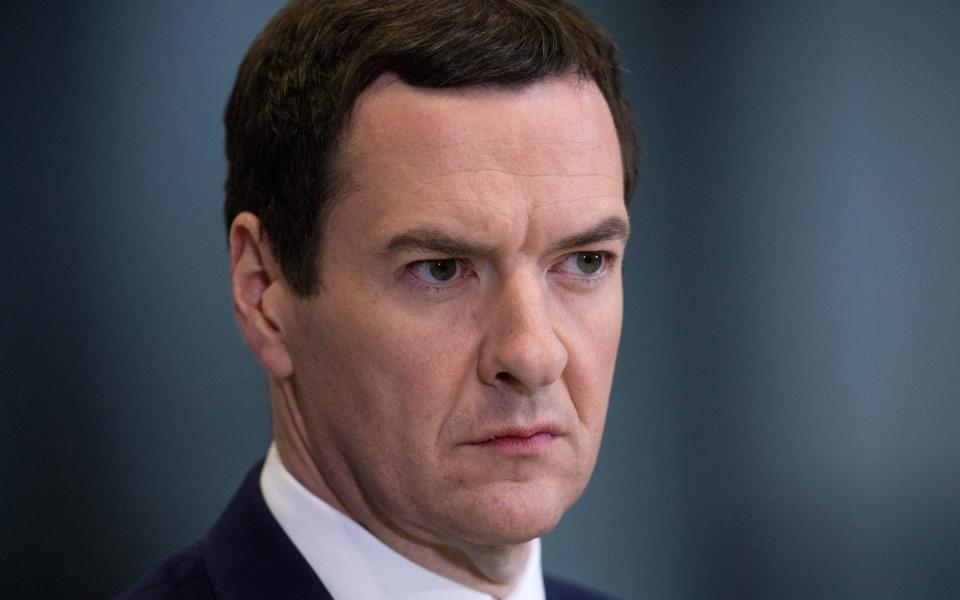Why families are paying the price for George Osborne’s inheritance tax tinkering

Former Conservative chancellor George Osborne promised to change inheritance rules for the better so that bereaved families could receive £1m tax-free.
The introduction of the residence nil-rate band meant an extra £175,000 worth of property wealth could be passed down tax-free, as long it was the family home.
Married couples can share their allowances, so including their individual £325,000 limits, a total of £1m of wealth could be saved from the taxman.
But experts now say that the extra allowance has only served to complicate IHT further, and families are now no longer better off as a result.
Research by investment service AJ Bell suggests that Mr Osborne’s introduction of the residence nil-rate band in 2017 has added an unnecessary layer of complexity – and increasing the basic allowance with inflation would have benefitted families more.
This is because the amount that families could inherit tax-free in 2028 would be higher even if the government had not introduced the residence nil-rate band and had simply uprated the £325,000 nil rate band instead – then families would have an allowance worth £502,000 each (£1.004m for a couple) in 2028.
Uprating the £325,000 allowance would also benefit more families, as this is universally available, whereas the residence nil-rate band only applies to those with children.
Had both thresholds risen with inflation families would be able to keep an extra £170,000 from the taxman, AJ Bell found.
Ian Dyall of wealth manager Evelyn Partners said: “If the government lifted the £325,000 allowance with inflation, then everyone would benefit. But instead they introduced the residence nil-rate band which has all these caveats. You have to pass on a home and you have to leave it to your direct descendants, so people who don’t have children can’t use it.”
There are other complexities with the residence nil-rate band. Mr Dyall added that families leaving the home in a discretionary trust can end up accidentally forfeiting the allowance because they are not technically passing it directly on to their children.
In 2007 Mr Osborne promised to give families a £1m allowance for IHT. The announcement was widely credited with triggering a huge surge in the polls for the Tories and deterring Gordon Brown from calling a snap election.
But the pledge was sacrificed during the coalition and instead Mr Osborne only half-delivered on his promise – introducing the residence nil-rate band which was restricted to families passing on their home to their children and grandchildren.
Both inheritance tax allowances are currently frozen until 2028. AJ Bell’s analysis shows that if former prime minister David Cameron and successive Tory governments raised both inheritance tax allowances in line with inflation, then bereaved relatives would have an even bigger allowance worth £1.43m by 2028.
Laura Suter of AJ Bell said: “The deep freeze on inheritance tax thresholds until 2028 means they won’t be increased for almost two decades.
During that time we’ve seen house prices soar – with the average property price in the UK rising from £156,000 in 2009, when the current nil-rate band was set, up to £295,000 today. This highlights how someone in a relatively modest home could easily hit the threshold with their property alone.
“Only one in 25 estates result in IHT being paid at the moment, but that will rise during the time the thresholds are frozen.
Increasingly this impacts the moderately wealthy – as those with large estates are covered by other thresholds and allowances and can afford professional help to minimise their bill.”

 Yahoo Finance
Yahoo Finance 